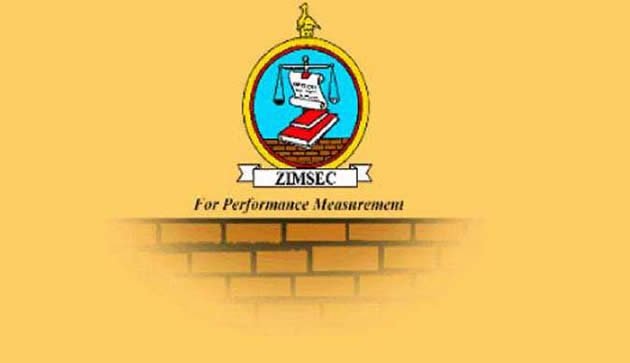
The ManicaPost

Ray Bande Senior Reporter
FEMALE candidates in Manicaland excelled more than their male counterparts in the Zimsec 2019 Grade Seven examinations whose results were released last Friday, The Manica Post has learnt.
The trend in Manicaland, which is also reflective of results nationwide, saw male learners attaining a 41,27 percent pass rate while female learners were at 46,71 percent pass rate. Manicaland deputy provincial education director Mr Charles Mugano said the Zimsec statistics show that female candidates in the province excelled more than their male counterparts.
Mr Mugano said even though the analysis of the results was still ongoing in the districts, preliminary indications were that learners and teachers were sharply adjusting to the demands of the updated curriculum.
“It is encouraging to note the consistent improvement of the girl child in education. People are still adjusting to the demands of the new curriculum and that is evident from the results. However, it has always been the case that after results are released there are subjects or a subject that most candidates would have found challenging,” he said.
Mr Mugano added that there were some major surprises in this year’s Grade Seven results.
“I think we had some major surprises in this year’s results, especially when you look at how John Cowie Primary School performed,” he said.
John Cowie (Rusape) emerged as the 2019 Grade 7 unrivalled academic giant. A snippet of the results based on candidates that attained five units shows that John Cowie came first with a total of 53 students attaining five units.
Baring and Mutare Junior were tied second with 37 top performers apiece. St Josephs (36) and Chancellor Junior (27) were fourth and fifth, respectively. Hartzell was on sixth position while St Joseph’s Rusape had 20 candidates with five units.
A major surprise in the top 10 was 3 Brigade Primary School, which had13 pupils with five units.
John Cowie head Mr Garikayi Nyawo congratulated his staff on the support they rendered to the students to reach such high levels. Mr Nyawo said their professionalism and care made a key difference to the students.
“It takes a bit of time to develop and implement effective and sustainable strategies. Critical success factors are developed over time, too. These candidates were in Grade One in 2013 when I joined the school. The staff also worked diligently. We hope to remain so by developing more effective strategies that make our learners masters of the processes,” said Mr Nyawo.
Addressing journalists in Harare last Friday, Zimbabwe School Examinations Council (ZIMSEC) chairpersonMr Eddie Mwenje said there has been a decrease in the national pass rate as compared to last year.
“The total number of candidates who sat for the 2019 Grade Seven examination was 323 207. This is 1,06 percent lower than the October 2018 entry which was 326 685,” Mwenje said.
“The 2019 national pass rate is 46,9 percent which is a decrease on the 2018 national pass rate of 52,08 percent. Although the national pass rate decreased by 5,18 percent, a pass rate of more than 50 percent was recorded in all subjects,” he said.
He added: “Indigenous languages again recorded the highest subject pass rates. Shona and Ndebele recorded pass rates above 80 percent; Kalanga, Xichangana and Tshivenda recorded pass rates above 70 percent, while Tonga and Nambya recorded pass rates over 60 percent.
“Sesotho was assessed for the first time this session and it recorded a pass rate of 68,48 percent. There was a decrease in the pass rate of learners with special needs. However, the performance of candidates for Braille and Large Print and Hard of Hearing and Physical Impairments was comparable to the national pass rate.”



